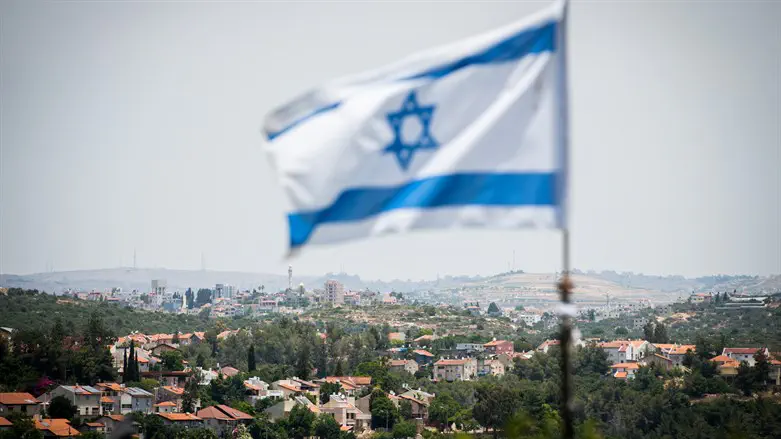
The Reality on the Ground
I recently toured Judea and Samaria and came away with an understanding of the issue which only seeing it for oneself can give.
Let’s be clear: Jews are banned from certain areas—not by choice, but because entering means risking their lives. Meanwhile, there are no signs barring Arabs from Jewish areas. So ask yourself: where is the real apartheid? This is Judea and Samaria—the heart of our history and our future. We are not leaving. This is our land, and we are here to stay.
Understanding the Green Line
The Green Line refers to the 1949 Armistice Line, established as a ceasefire boundary between Israel and its neighboring Arab states after the 1948 Arab-Israeli War. It is called the "Green Line" because it was drawn in green ink during the armistice negotiations. The Green Line separated Israel from the territories of Judea and Samaria (aka 'West Bank'), which were controlled by Jordan from 1949 until 1967. In the 1967 Six-Day War, Israel captured Judea and Samaria from Jordan, and since then, the status of these areas has been a major point of political and geopolitical debate. While many in the international community refer to these areas as the “West Bank” and consider them “occupied,”that is not true in international law, Israel and many Jewish communities see Judea and Samaria as liberated ancestral land, integral to Jewish history and security.
Why the Green Line Matters Today
Security: The Green Line does not provide defensible borders for Israel. Without strategic depth, Israel is highly vulnerable to attacks. Many Jewish communities exist beyond the Green Line, in Judea and Samaria, which some view as disputed territory while others see as Israel’s heartland.
Legal & Political Implications: The Green Line is not an internationally recognized border—it was a temporary ceasefire line, not a final territorial agreement.
Security and the Lessons of Gaza
The Jewish towns outside the Green Line are critical to the safety and future of Israel. These communities serve as a buffer, preventing attacks and securing the state’s borders. Without them, Israel’s ability to defend itself weakens significantly. The lessons of Gaza must not be ignored. Before Israel withdrew from Gaza, Jewish communities played a crucial role in maintaining stability. Their presence was not just about settlement—it was a strategic necessity that helped prevent a complete takeover by hostile forces. The tunnels could never have been built had there been Jewish communities in Gaza.
Once Israel withdrew, those protective Jewish towns were gone. The only thing left between Gaza and Israel’s civilian population were the Kibbutzim, which tragically bore the brunt of the October 7th massacre.
The Stakes Have Never Been Higher
Judea and Samaria are not just historical or religious lands—they are a critical security asset for Israel. Calls for withdrawal or disengagement ignore the harsh reality that once Jewish presence is removed, terror fills the vacuum. The international community may push for compromises, but Israelis know the truth: sovereignty here is not just a right, but a necessity for survival.
What Can You Do?
Education is key. Learn about the region, its history, and its strategic importance. Visit Judea and Samaria, support the communities, and help spread the truth. We must ensure the world understands that Israel’s future depends on maintaining its rightful presence in these lands. We are not leaving. This is our land, and we are here to stay.
Betar intends to loudly and proudly across the US and the world fight for the rights of Jews in Judea & Samaria. The facts speak for themselves.
Lissa Kenkelis a Director with Betar United States.